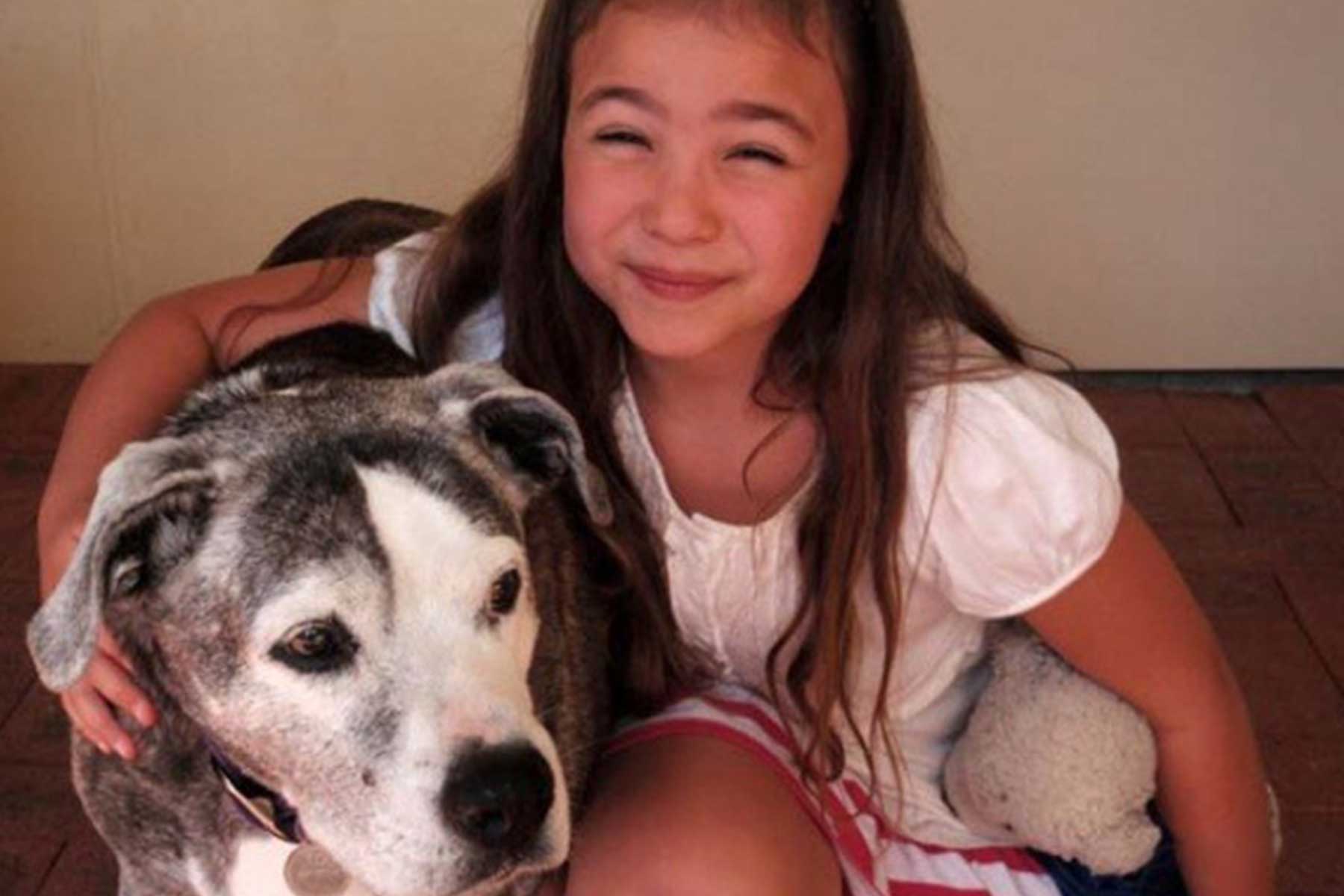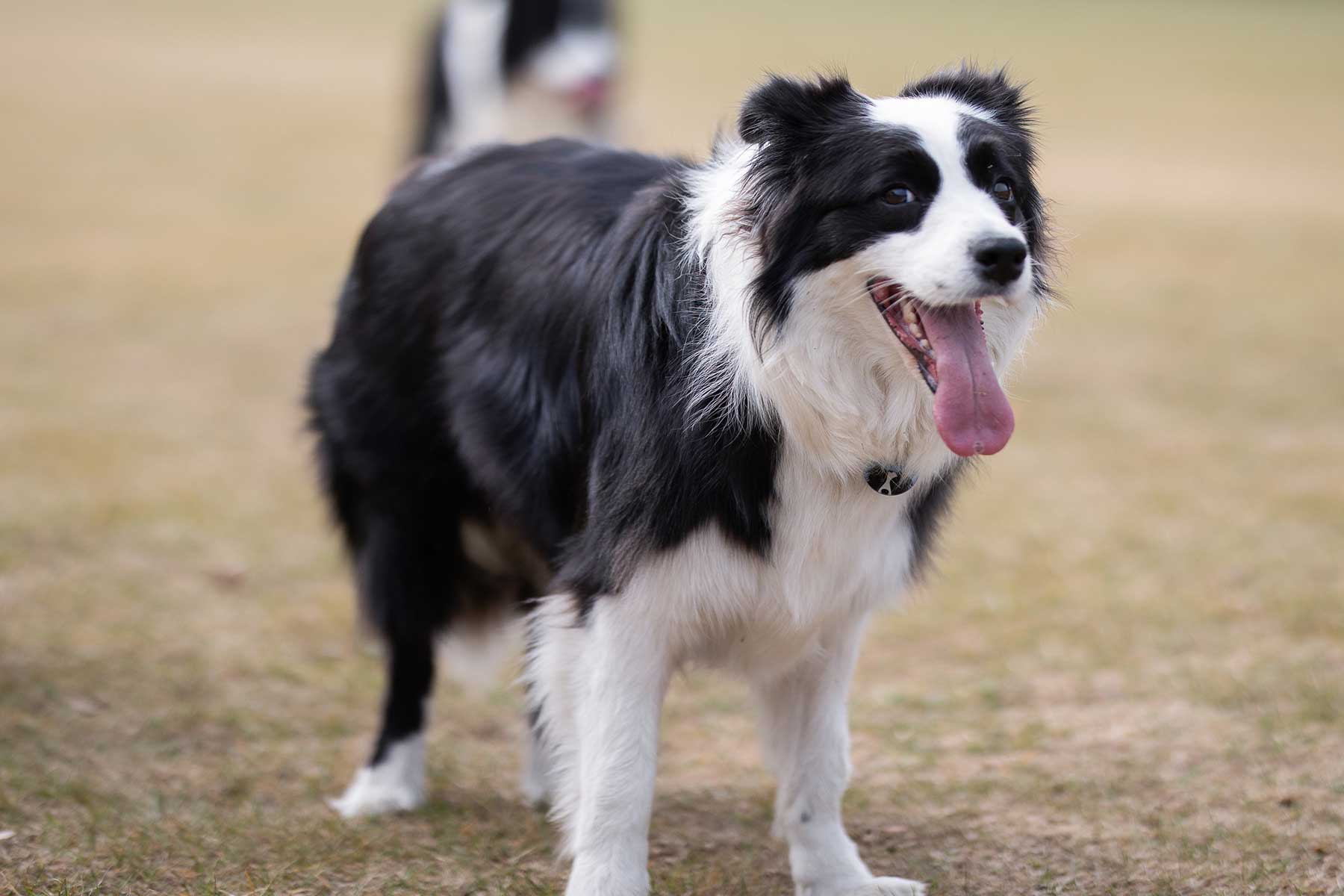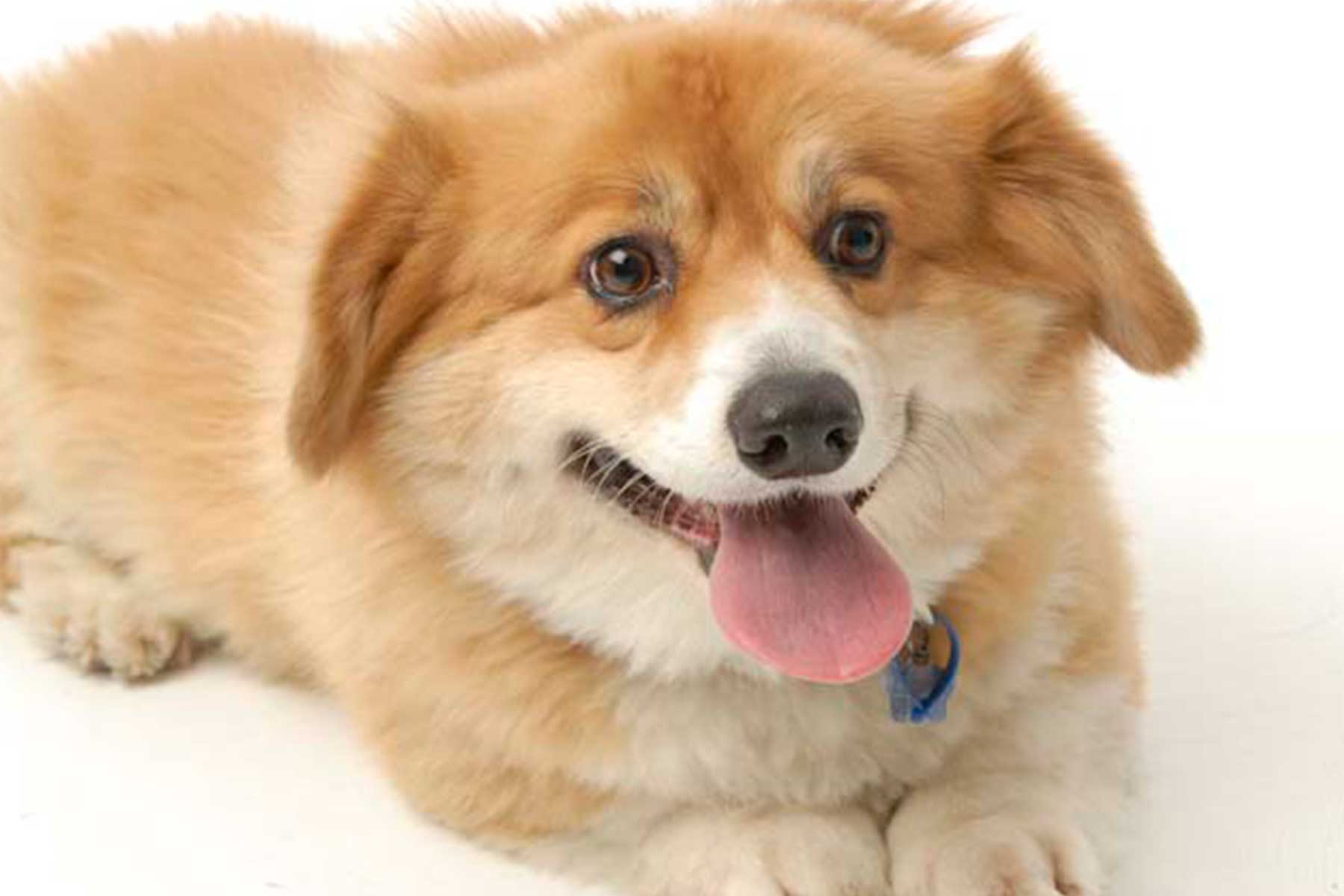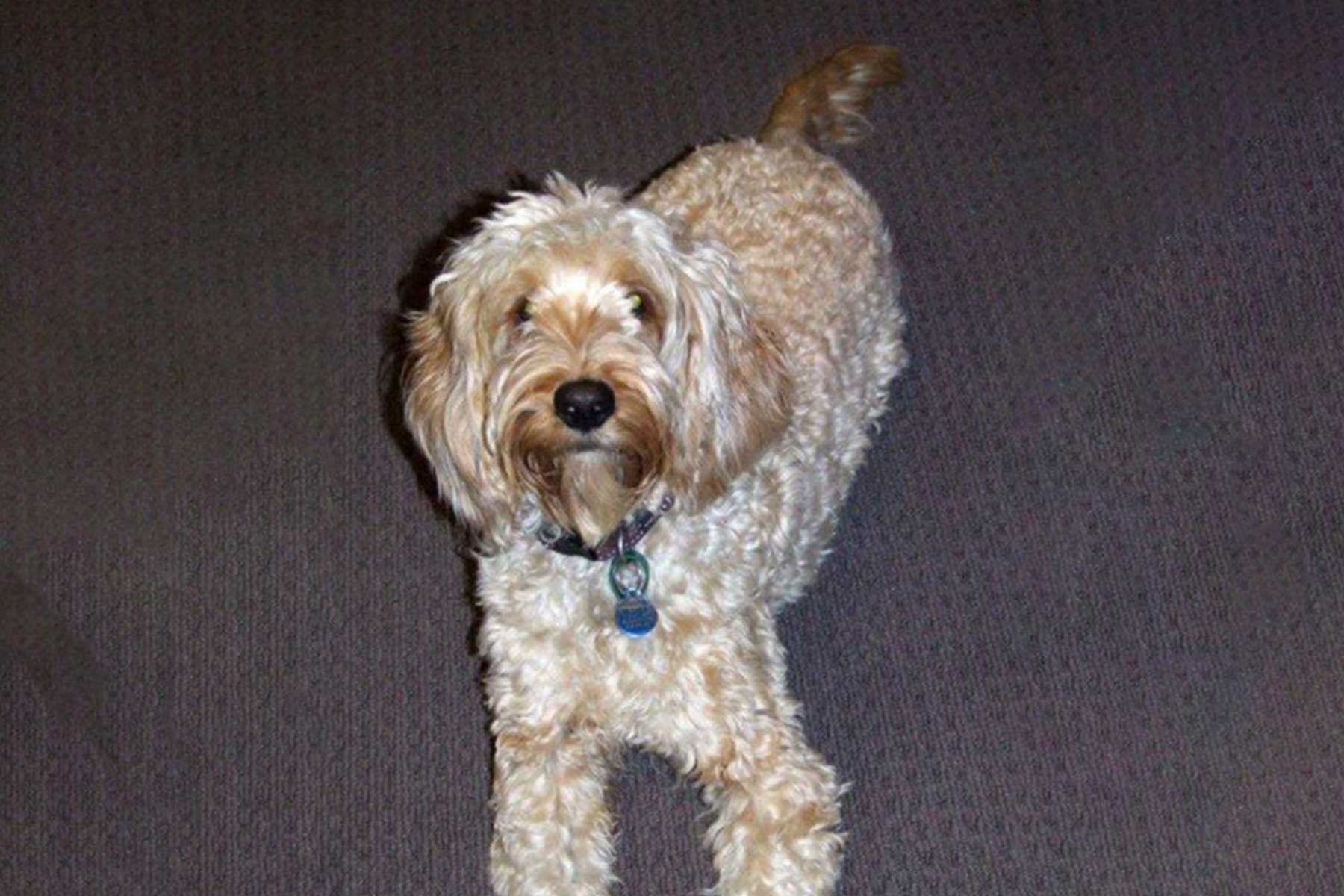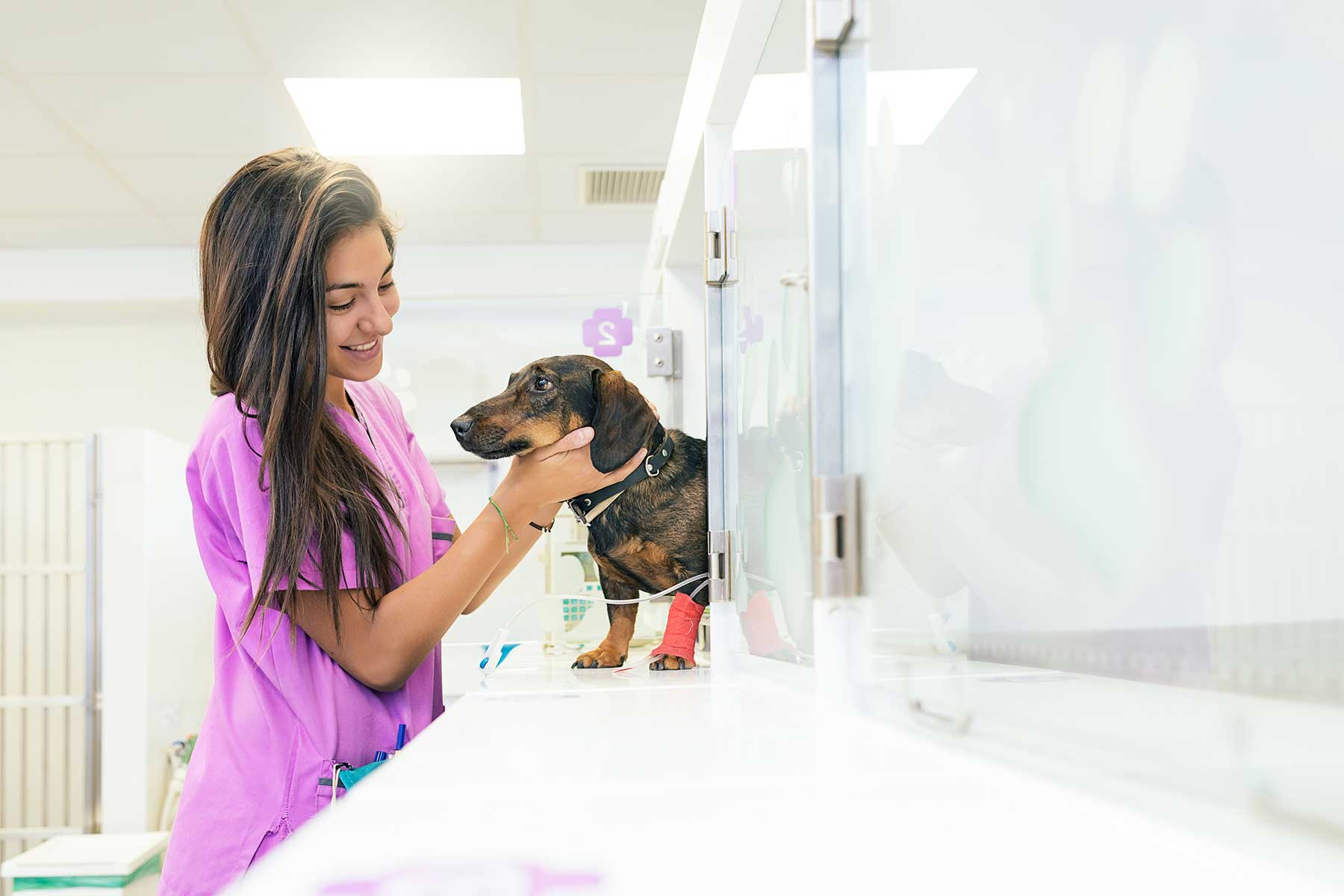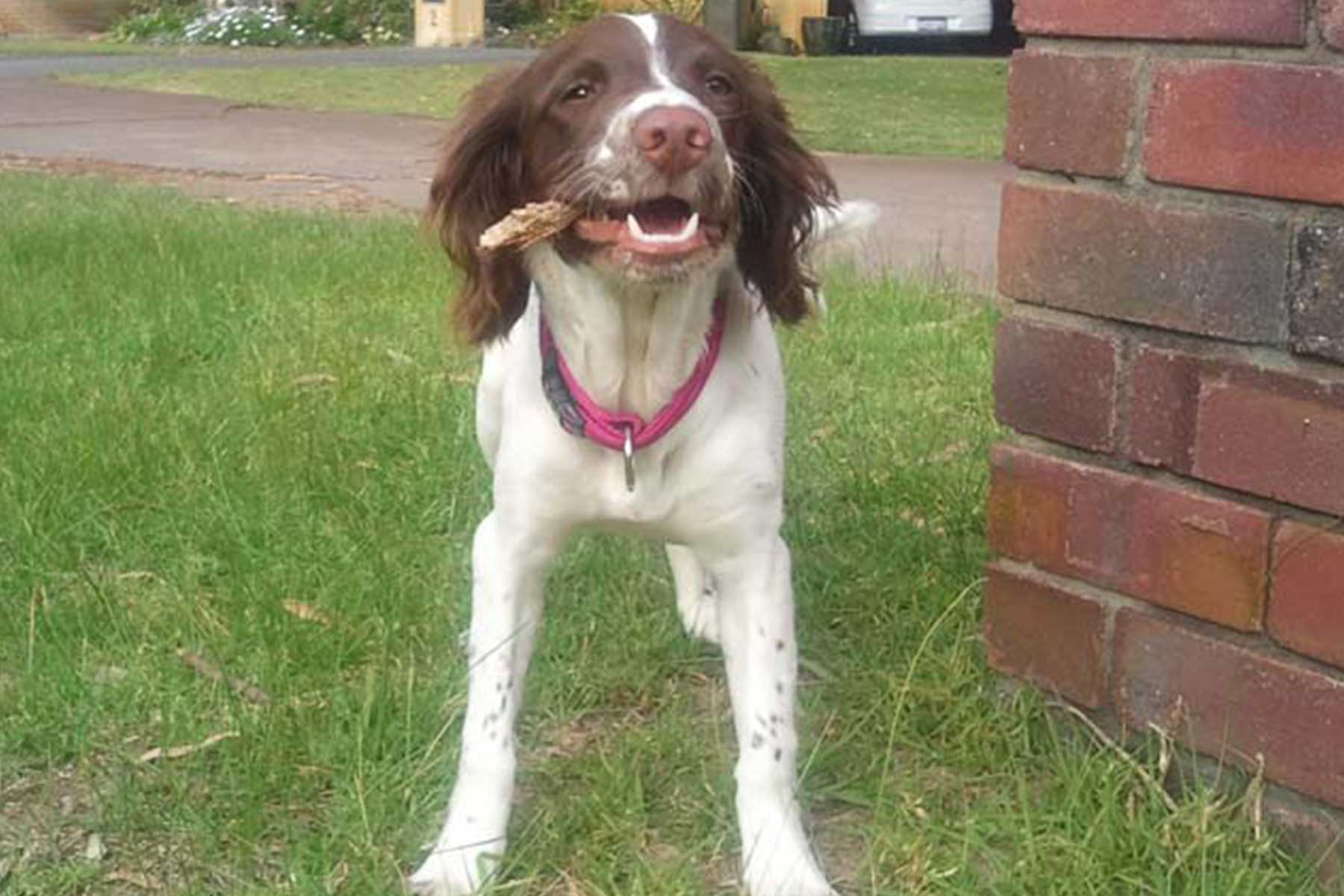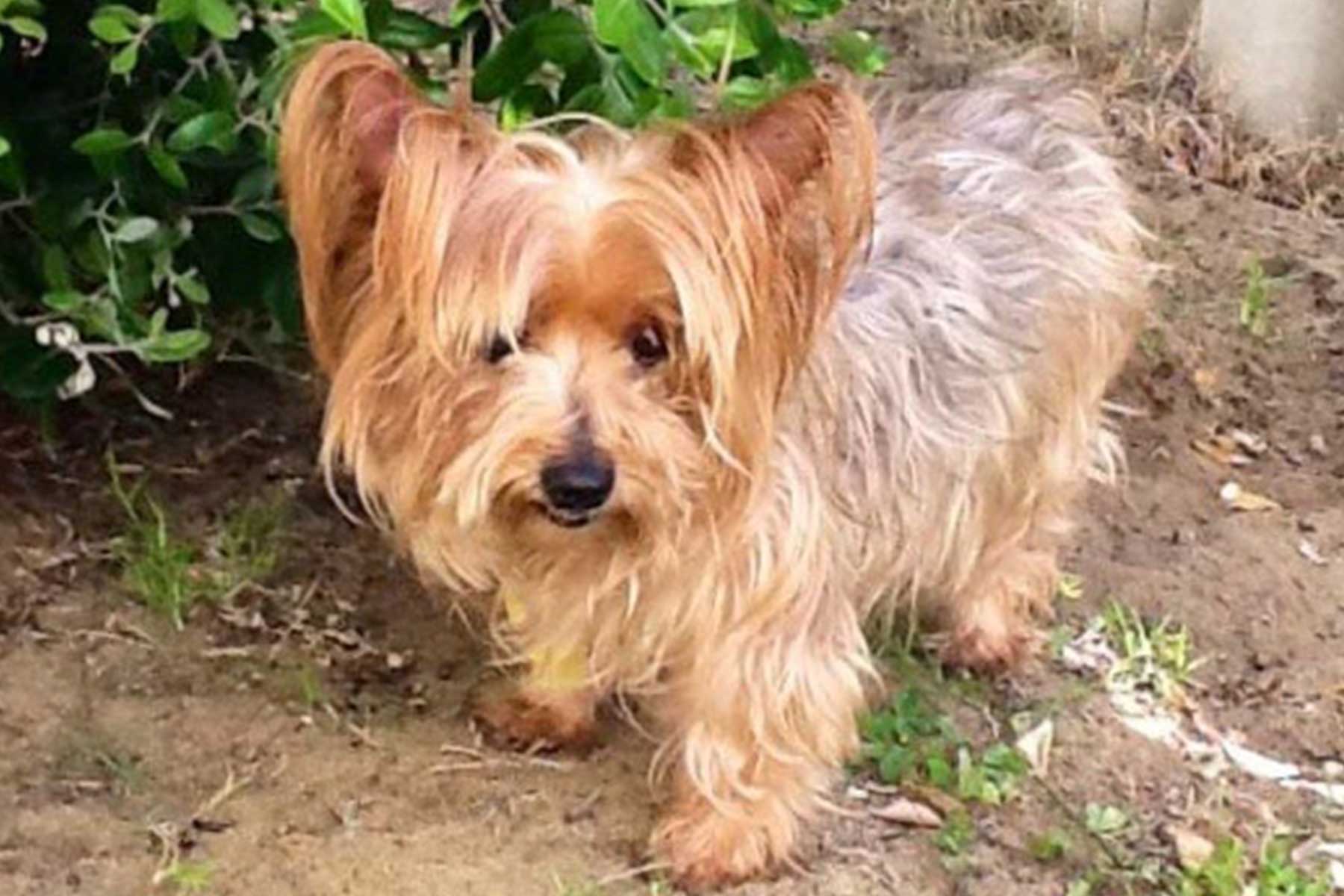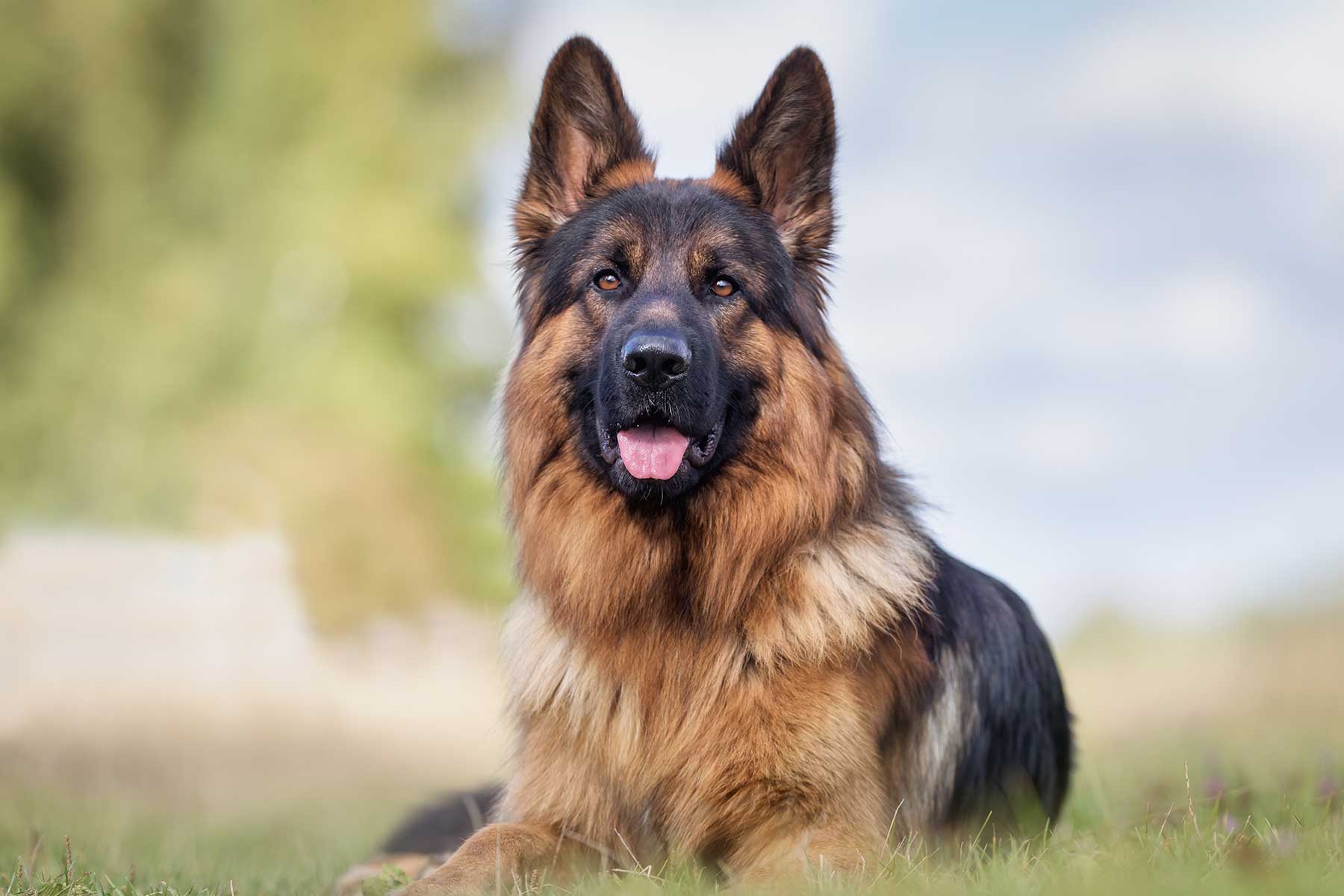Bullet is a two-year-old male domestic shorthair that presented to Vetwest Carine when his owner Barbara noticed that he was not putting any weight on his left hind limb. Barbara informed us that she had been involved in a motor vehicular accident earlier in the day and had come home to find that Bullet looked very uncomfortable. Upon examination, Dr Christopher discovered that Bullet was very sore in his left hind limb and suspected that Bullet himself may have also been involved in a motor vehiclele accident!
In order to investigate the reason for Bullet’s lameness, he was admitted to hospital for radiographs of his pelvis and both hind limbs. For the safety of our patients and staff, sedation or general anaesthesia is often required for radiographs to be taken. This helps reduce movement to prevent blurry X-rays and allows efficient positioning of the patient for good pictures to be taken. As suspected, the X-rays revealed that Bullet had suffered a complete fracture to the proximal third of his left femur. This can be caused by blunt force trauma, which in cats often occurs after being hit by a moving vehicle, falling from a great height or being attacked by another animal. Chest and abdominal radiographs were also taken to rule out any bleeding or bruising within the lungs and abdomen – thankfully, no serious abnormalities were found.
After discussing the various ways to help Bullet, Barbara decided that amputation of Bullet’s left leg would be the best option moving forward. Strong pain relief was administered before the procedure started. Dr Carole and Dr Christopher worked closely together to amputate Bullet’s leg. Precision and care were taken to identify, ligate and transect the many individual vessels and nerves in his left leg. The fracture site was identified and massive trauma and bruising were observed in the tissues around the area. As a result of this finding, a coxo-femoral disarticulation approach was taken. This is when the leg is amputated at the level of the hip joint. Local anaesthetic infiltration was placed on specific nerves and muscles to significantly reduce any pain he would experience after the operation. The amputation was performed successfully and Bullet recovered well from the procedure. A fentanyl patch was placed on his body for additional pain relief.
Bullet began purring after he woke up and was more than happy to gobble down some chicken that was lovingly prepared by our nurses. He was transferred to the emergency department at Vet24 in Balcatta who took very good care of him. It was determined the next morning that Bullet was fit for discharge back to his loving family. He went home with an elizabethan collar and medications and received lots of love and cuddles from his family. He had a long road to recovery ahead of him!
Bullet was an absolute trooper before and after his procedure. His mum reported that he was very comfortable at home and was already starting to learn how to walk on three legs a week after surgery. Bullet returned 2 weeks after the surgery for his post-operative check and for his sutures to be removed. He received lots of love and cuddles from the staff at Vetwest Carine who were stumped at the progress he had made in such a short time! He was coping so well and exploring the clinic on three legs. Bullet’s family were so appreciative and thankful for everything we had done to help him.
There is a growing trend for Australian owners to keep their beloved cats indoors. Most veterinarians will recommend that cats are kept indoors to minimise the risks and hazards they might face outside unsupervised. Click here. for more advice on deciding what is right for your cat. If your cat spends the majority of their time outdoors, always make sure to keep a close eye on them. Seek veterinary advice if you notice any changes in behaviour, their physical appearance or if you have any concerns.

